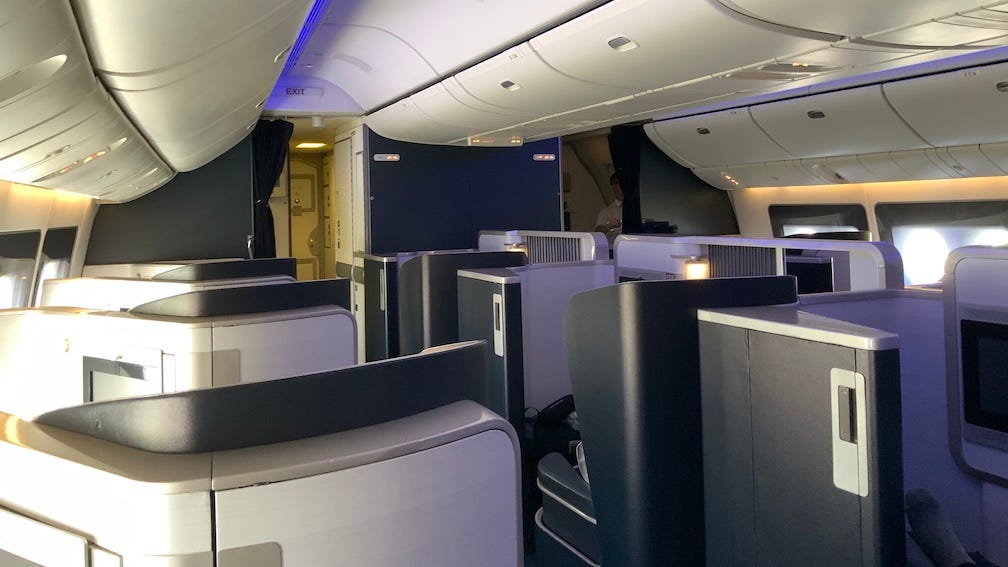How it Works: LOOP, my LOPA Optimisation Platform
Check out what’s under the hood on one of my favourite tools
Why use thirteen letters when four will do? One of aviation’s standard acronyms is LOPA, Layout of Passenger Accommodation. But I reckon that short and sweet Area is a sweeter and easier substitute for the A.
One of any airline’s toughest challenges is to decide how to configure their cabin. Figuring out how many seats they should put in, which models to…


